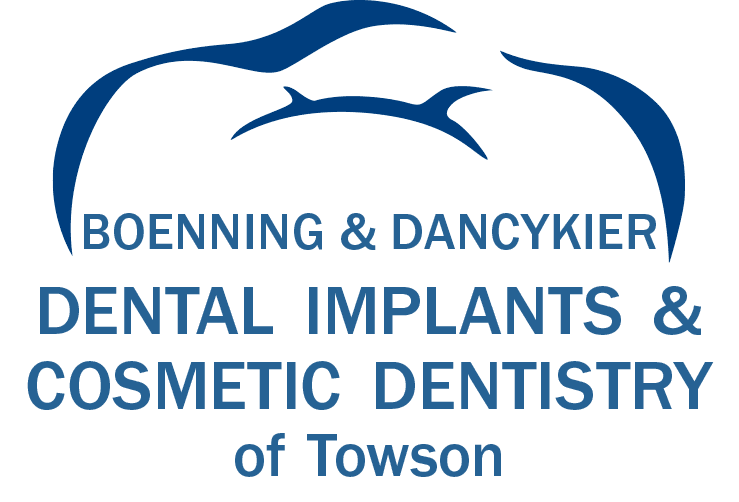Preventive dentistry seeks to maintain oral health through proactive measures. Under the umbrella of preventive care falls the crucial topic of halitosis, commonly known as bad breath. Addressing bad breath could not only improve social interactions but also promote overall oral health.

Understanding Halitosis
Causes of Bad Breath
Halitosis arises from various factors. Poor oral hygiene ranks highest among these causes. Food particles left in the mouth decompose, producing foul odors. The buildup of plaque on teeth and gums can also lead to bad breath. Furthermore, certain foods like onions, garlic, and coffee contribute to unpleasant mouth odors. Smoking and tobacco use exacerbate the issue by introducing malodorous particles into the mouth. Additionally, underlying health conditions, such as sinus infections or gastrointestinal problems, may result in chronic bad breath.
Impact on Oral Health
Chronic bad breath serves as more than a social deterrent; it signals underlying oral health issues. Persistent bad breath often indicates gum disease, cavities, or infections. These conditions, if left untreated, can lead to more severe health complications. Therefore, addressing halitosis through preventive dentistry becomes essential.
Preventive Measures
Regular Dental Check-ups
Visiting your dentist for regular check-ups forms the cornerstone of preventive dentistry. During these visits, the dental team conducts thorough examinations and identifies potential issues early. Professional cleanings remove plaque and tartar, which at-home brushing and flossing might miss. Additionally, regular check-ups provide an opportunity to discuss any concerns about bad breath with the dentist.
Proper Oral Hygiene Techniques
Effective oral hygiene practices significantly reduce the risk of halitosis. Brushing twice daily using fluoride toothpaste removes food particles and plaque. Flossing at least once a day helps clean between teeth and under the gumline, areas often missed during brushing. Tongue cleaning also plays a vital role in reducing bad breath. The tongue’s surface harbors bacteria that produce volatile sulfur compounds, leading to unpleasant odors. Using a tongue scraper or toothbrush could mitigate this issue.
Healthy Diet and Lifestyle Choices
Diet and lifestyle choices often influence oral health. Consuming a balanced diet rich in fruits, vegetables, and whole grains helps maintain fresh breath. Drinking plenty of water aids in producing saliva, which naturally cleanses the mouth. Avoiding foods with strong odors, such as garlic and onions, could prevent temporary bad breath. Furthermore, quitting smoking and limiting alcohol intake may improve both general and oral health, reducing the risk of halitosis.
Treatment Options
Professional Cleanings
In addition to regular check-ups, professional cleanings help to combat halitosis. These cleanings remove plaque and tartar buildup that contributes to bad breath. The dental hygienist will focus on difficult-to-reach areas, ensuring a thorough cleaning.
Antibacterial Mouthwash
Antibacterial mouthwash serves as an effective tool in the fight against halitosis. Your dentist can recommend specific mouthwashes that target bacteria responsible for bad breath. Using mouthwash as part of a daily oral hygiene routine can provide additional protection against unpleasant odors.
Addressing Underlying Dental Issues
Halitosis often signals underlying dental problems. Cavities, gum disease, or infected teeth may cause persistent bad breath. Your dentist can address these issues through appropriate treatments, such as fillings or periodontal therapy. By resolving the root cause, the dental team can help eliminate chronic halitosis effectively.
Conclusion
Regular dental check-ups, proper oral hygiene, and healthy lifestyle choices form the foundation of maintaining fresh breath and optimal oral health. By seeking professional care and adopting preventive measures, patients can enjoy the benefits of a confident smile and improved overall well-being.
